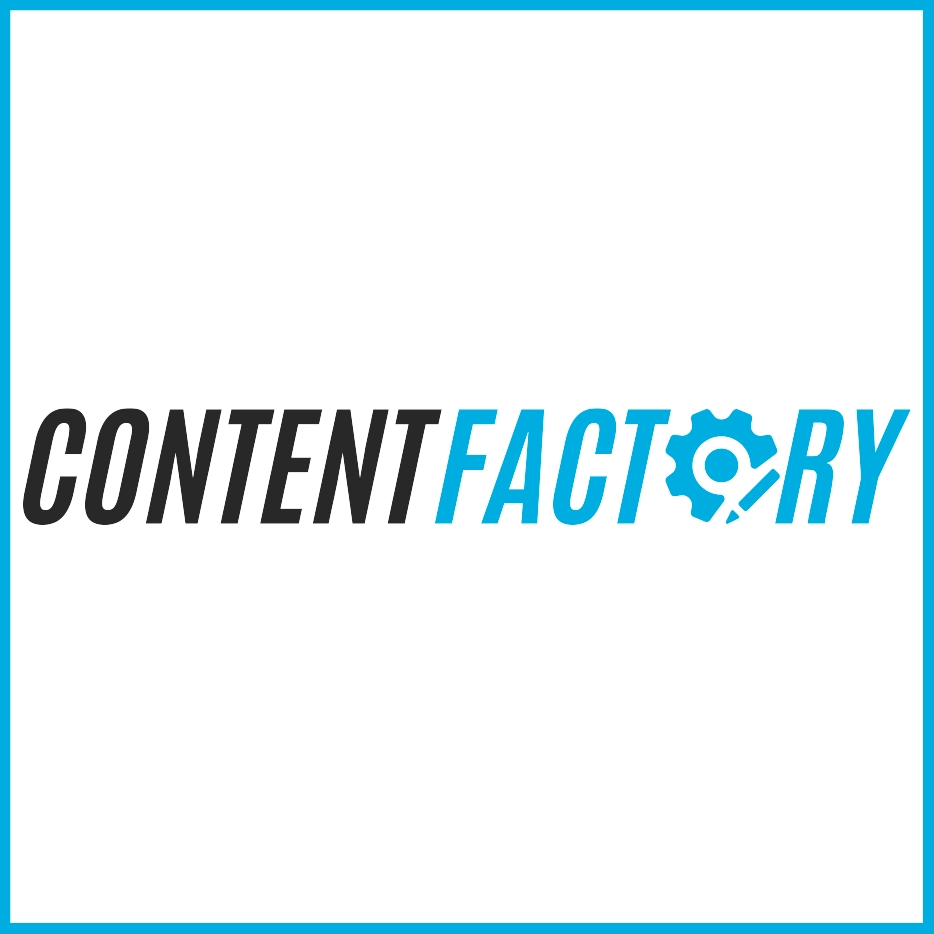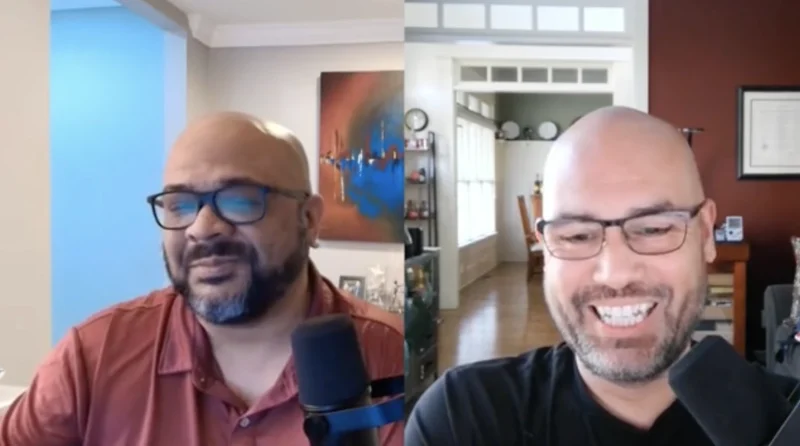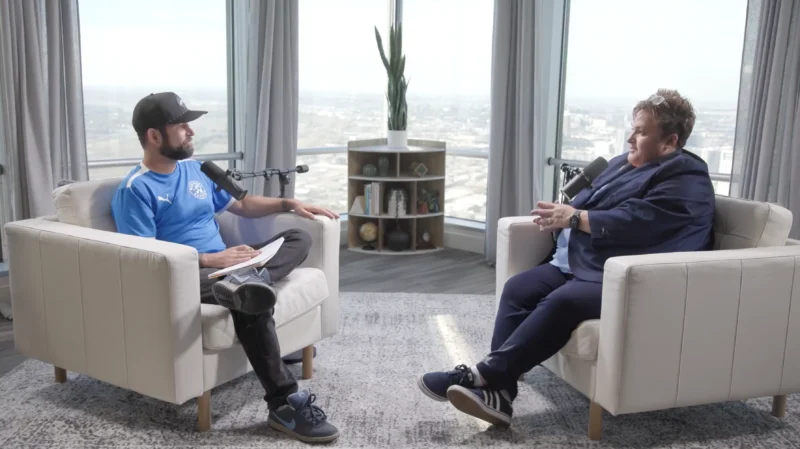How To Measure LinkedIn Ads ROI with AJ Wilcox
AJ Wilcox, founder of B2Linked, explains on the CoachYu Show how to measure the LinkedIn Ads ROI. He introduces the BANT framework (Budget, Authority, Need, Timing) for assessing lead quality. LinkedIn can target larger companies likely to have a budget and reach decision-makers, ensuring the person with purchase authority sees the ads. The ‘Need’ and ‘Timing’ categories are better reached through search channels like SEO and Google ads.
The challenge is unifying all these marketing channels to see the entire process. The solution lies in the CRM system, which tracks all interactions across all marketing channels by sending tracking parameters through the URLs clicked on in ads. This provides data about what ad and campaign the prospect interacted with.
Wilcox invented ‘any touch attribution’, where any conversion generated because of a touch on LinkedIn ads is noted, allowing for the optimization of campaigns and ads that drove those conversions. So, when it comes to LinkedIn Ads ROI, it’s a long-term investment akin to baking bread: where money spent today results in sales-qualified leads or deals in the future, depending on the sales cycle length.




